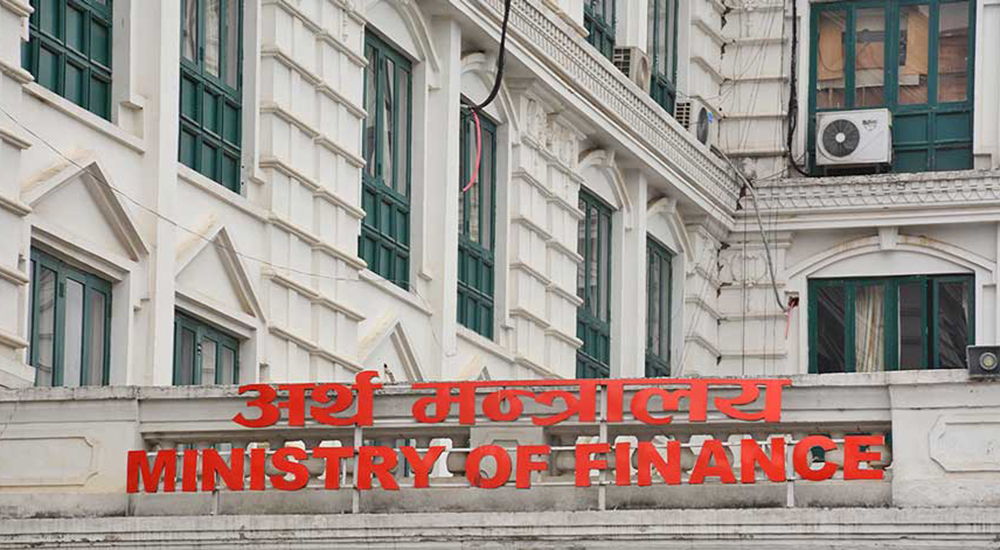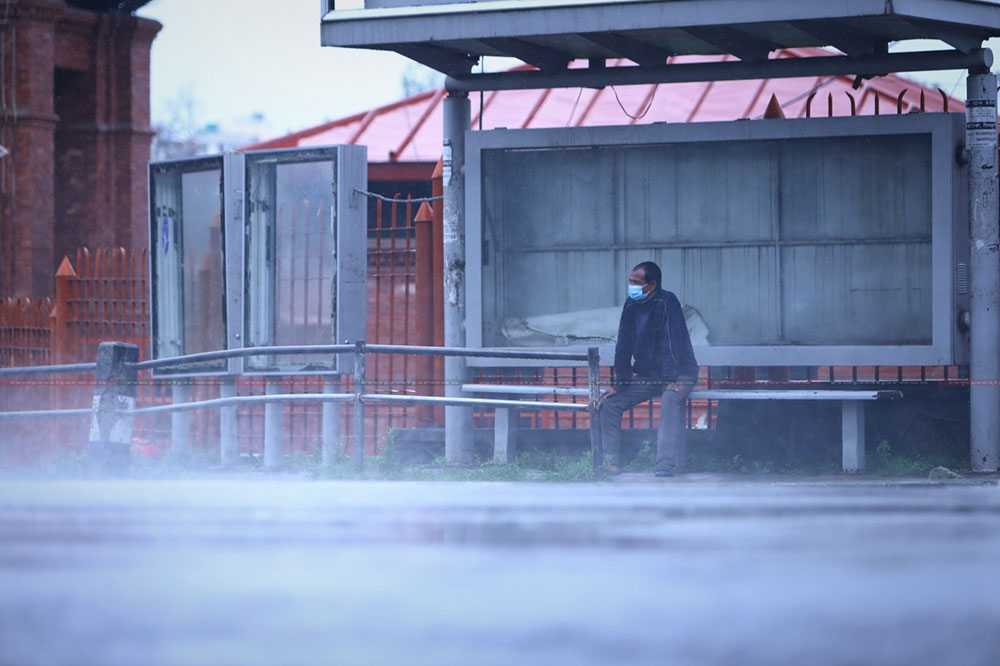Budget expenditure improves, but still remains below target

KATHMANDU: Budget expenditure, which had been sluggish in the current fiscal year, has gained some momentum in March/April. However, the budget has not yet been spent as per the target.
According to the Office of the Comptroller and Auditor General, an average of Rs 3.5 billion is being spent daily in March/April. On Friday, the government spent Rs 11.95 billion on the same day. In order to meet the revised target of the budget, Rs 703 billion has to be spent in the remaining 100 days. In this regard, it will have to spend Rs. 7.3 billion daily.
Out of the budget expenditure in March/April, Rs. 40.26 billion is current expenditure. Similarly, capital expenditure has been Rs. 13.57 billion while only Rs. 16.17 billion has been spent on financial management.
The government had spent a total of Rs 571 billion in the eight months to mid-February. As of 2nd April, Rs. 641 billion has been spent by adding Rs. 70 billion. This is 43.49% of the announced budget (Rs 1474 Billion).
The Ministry of Finance had reduced the size of the budget to Rs. 1344 trillion by revising the budget through a half-yearly review on 9th February. Based on the amendment, the expenditure so far is about 48%.
Out of the current budget allocation of Rs. 949 billion, it was reduced to 96% or Rs. 914 billion through the mid-year review. So far, Rs. 496 billion has been spent on current expenditure, which is about 54% of the revised estimate. Similarly, Rs. 353 billion was allocated for capital expenditure but it was reduced to Rs. 283 billion through mid-year review. So far, only Rs 93.26 billion, or about 33% of the revised estimate, has been spent on the capital budget.
Similarly, the government had allocated Rs. 172 billion for financial management out of which Rs. 147 billion or 85% was estimated to be spent. So far, only Rs 51.67 billion, or about 35% of the revised estimate has been spent.
According to the Office of the Comptroller and Auditor General, 43.19% of the total budget expenditure, 52.31% of the current expenditure, 26.43% of the capital expenditure and only 29.9% of the expenditure was incurred on the basis of the allocated budget.
Revenue collection satisfactory
The government has so far collected 61.45% or Rs 621 billion out of the total revenue collection target of Rs 1011 billion. Rs 576 billion has been collected from taxes and Rs 44.99 billion from non-taxes.
Figures from the Office of the Comptroller and Auditor General show that a total of Rs 666 billion, or 62.19% has been collected so far, including grants and other receipts. The government had set a revised target of Rs 1074 billion in revenue collection, including internal debt, Rs 235 billion in foreign debt and Rs 35 billion in grants.
Revenue of Rs 2.5 billion has been collected daily in March/April. As of 15th March, Rs 571 billion had been collected.
We will meet the revised target: Ministry of Finance
Spokesperson of the Ministry of Finance Suman Dahal says that the expenditure has started increasing since March/April this year due to improvement in the expenditure structure. Although the current expenditure is incurred from 16th July, the overall capital expenditure is less as the development and construction will be paid from the second and third quarters, he said.
“Even though the government has been making current expenditure since 16th July, it is natural to see delays in the payment of development expenditure,” he said.
He said that tenders for construction works would be issued in the first four months and budget expenditure would start from the second and third quarters. Dahal said that the budget will be spent rapidly in the next 100 days and the revised target will be achieved.
“This year’s revision of spending system, online monitoring of projects worth over Rs 150 million and the installation of CCTV cameras in projects of national pride are being carried out as per the revised target.” According to the statistics of the customs department, the development work has moved forward rapidly after COVID. In the past, goods were imported at an average of Rs 5 billion per month, but now they are being imported at an average of Rs 8.5 billion per day,” he said.
With Rs 20 billion liquidity flowing through the banking system in March/April, NRB has raised Rs 26.03 billion in internal debt through treasury bills. Similarly, goods worth more than Rs 5.70 billion have been imported.
Pressure on liquidity if expenditure not increased
When the expected development expenditure is not incurred, it affects the liquidity of the bank. Bankers say interest rates could rise if there is pressure on liquidity.
When the government collects revenue but does not spend the required amount, there is a lack of money to invest in the banking system. After that, banks will have to raise interest rates on term and general savings to attract depositors, which could lead to higher interest rates on loans, according to bankers. If the government does not spend as expected in March/April, interest rates could rise between 0.5% and 1%, they said.
While banks have been aggressively extending loans in recent times, the situation of deposit collection seems to be weak. While Rs 88 billion loan was invested in March, Rs 39 billion deposit was collected. According to the latest data of Nepal Rastra Bank, commercial banks have collected Rs 3870 billion in deposits and extended loans of Rs 3485 billion. Accordingly, the CCD ratio is 77.76%.
Development banks and financial institutions have invested Rs 434 billion in loans while collecting Rs 506 billion in deposits. As the Nepal Rastra Bank (NRB) has increased the CCD ratio from 80 to 85% due to COVID, the banks are still in a position to disburse loans of around Rs 150 billion, says Chairman Bhuvan Dahal.
He said that even in the current situation, the banks have maintained the ratio of net deposit to loan at around 24% and 150 billion loans can be disbursed.
“But now the monthly credit flow is around Rs 80 billion. If the government raises another Rs 40 billion in taxes, there may be pressure on liquidity,” he said. The interest rate may go up by 0.5-1%, but it will not be as high as 12-13% like in the past.















